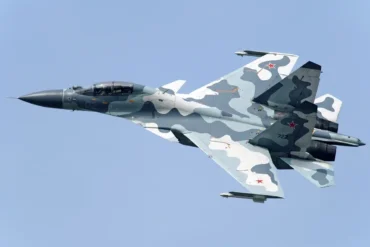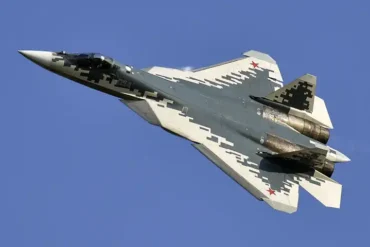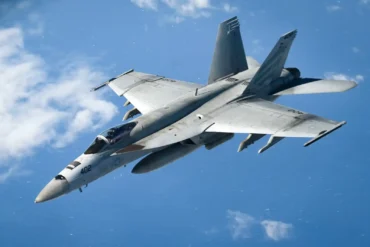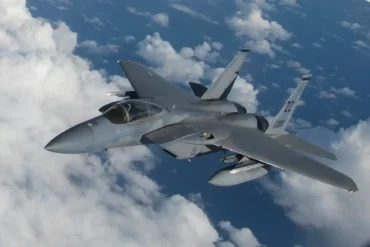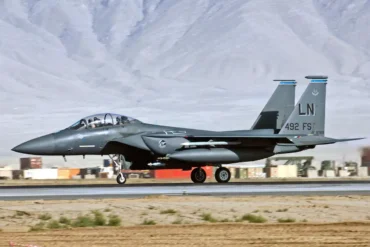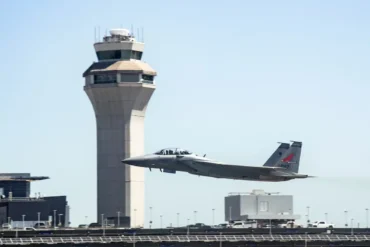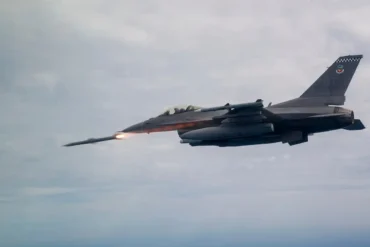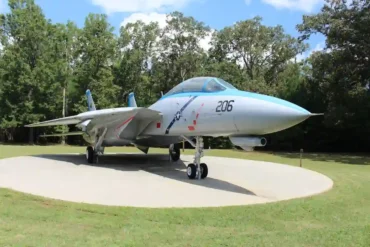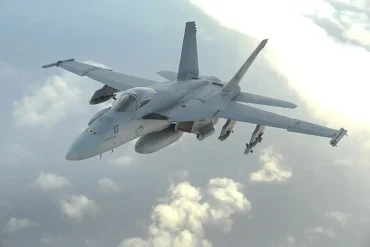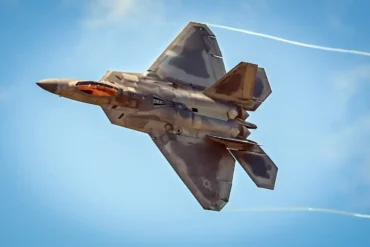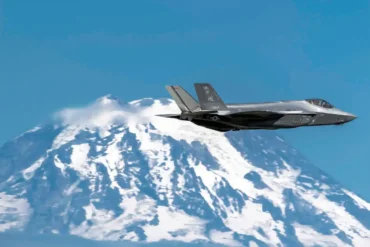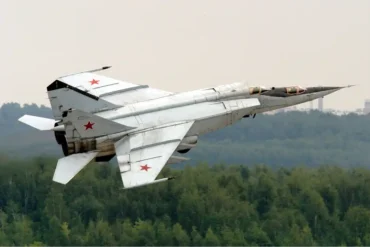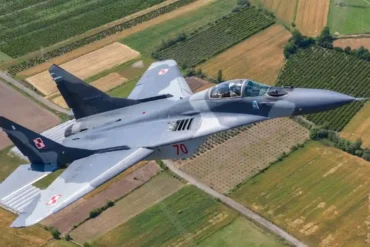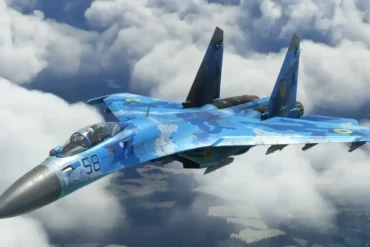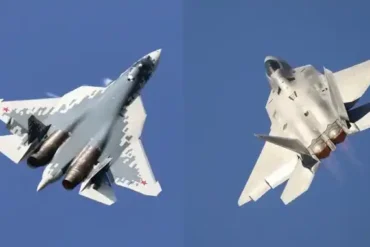The Sukhoi Su-35, a fourth-generation multi-role fighter jet, is renowned for its extraordinary speed and agility. As one of the most advanced and capable aircraft in the world, it represents the pinnacle of Russian aerospace engineering. Whether you’re an aviation enthusiast or a defense analyst, understanding the top speed of the Su-35 and its aerodynamic capabilities offers a glimpse into the superior performance of this fighter jet. This article delves into the specifics of its top speed, providing detailed insights and comprehensive analysis of the Su-35’s remarkable performance characteristics.
What is the Top Speed of the Sukhoi Su-35?
The Sukhoi Su-35 has an impressive top speed of 2,400 km/h (1,490 mph, 1,290 knots) at altitude, which translates to Mach 2.25. This makes it one of the fastest fighter jets in the world. For comparison, the Su-35’s speed exceeds that of many contemporary fighter aircraft, giving it a distinct edge in aerial combat and high-speed interception missions.
At lower altitudes, specifically near sea level, the Su-35 can reach 1,400 km/h (870 mph, 760 knots), or Mach 1.13. This capability allows the Su-35 to maintain supersonic speeds even at lower altitudes, making it a formidable adversary in various combat scenarios.
Key Features of the Su-35’s Performance
The Sukhoi Su-35 is not only about speed; it is also a master of maneuverability and endurance, equipped with advanced avionics and a highly capable powerplant. Here, we explore some of the key performance features that contribute to its impressive top speed.
Powerful Engine: The Heart of the Su-35
The Su-35’s dual Saturn AL-41F1S afterburning turbofan engines are the key contributors to its blistering speed. Each engine provides 86.3 kN (19,400 lbf) of thrust in dry mode, and 137.3 kN (30,900 lbf) when afterburners are engaged. In emergency power mode, each engine can produce up to 142.2 kN (32,000 lbf) of thrust.
The afterburner capability allows the Su-35 to reach its top speed of Mach 2.25, making it highly competitive in terms of speed and acceleration. The power-to-weight ratio is another important factor, contributing to both speed and vertical climb capabilities.
Aerodynamics and Design: Built for Speed
The aerodynamic design of the Su-35 also plays a vital role in its high-speed performance. The aircraft features a long fuselage with a swept-wing design, optimizing airflow and minimizing drag at supersonic speeds. The canard foreplanes and thrust-vectoring nozzles further enhance its agility, enabling it to maintain stability at high speeds while also allowing for extreme maneuverability during aerial combat.
Supercruise: A Cutting-Edge Feature
One of the standout features of the Su-35 is its supercruise capability, which allows the jet to cruise at speeds above Mach 1 without engaging afterburners. This is a highly valuable feature in combat, as it significantly increases fuel efficiency and operational range, while also maintaining high-speed capabilities. The Su-35 can cruise at 1,170 km/h (730 mph, 630 knots) or Mach 1.1+ at medium altitudes.
Supercruise extends the operational flexibility of the aircraft, making it more effective during long-range missions where fuel conservation is critical. This capability is a clear advantage over other aircraft that rely heavily on afterburners to sustain supersonic speeds.
Climbing and Endurance Capabilities
Another impressive attribute of the Su-35 is its climbing rate of 280 m/s (55,000 ft/min). This allows the jet to rapidly ascend to high altitudes, where it can exploit its top speed and superior missile-locking capabilities. The Su-35 is capable of achieving an operational ceiling of 18,000 meters (59,000 feet), making it highly versatile in both combat and reconnaissance missions.
In terms of range, the Su-35 has an impressive operational radius. With a maximum range of 3,600 km (2,200 mi, 1,900 nmi) at altitude and a combat range of 1,600 km (990 mi, 860 nmi), the Su-35 is able to perform missions deep into enemy territory, making it a highly effective tool for both defense and offense.
Comparison of Sukhoi Su-35 Speed with Other Fighter Jets
To understand the Su-35’s top speed in the context of global aviation, it’s useful to compare it to other modern fighter jets. Below are some key examples of high-speed fighter jets:
- F-22 Raptor (USA): The F-22 can achieve a maximum speed of 2,414 km/h (1,500 mph, Mach 2.25), similar to the Su-35. However, the F-22’s supercruise speed is Mach 1.82, slightly higher than that of the Su-35.
- Eurofighter Typhoon (UK/Germany/Italy/Spain): The Eurofighter Typhoon has a maximum speed of 2,495 km/h (1,550 mph, Mach 2). While slightly faster than the Su-35 in terms of top speed, it lacks the Su-35’s advanced thrust-vectoring technology and supercruise capability.
- Dassault Rafale (France): The Rafale can achieve a top speed of 1,912 km/h (1,188 mph, Mach 1.8), which is considerably lower than the Su-35’s Mach 2.25, though the Rafale is renowned for its versatility and multi-role capabilities.
The Su-35 stands out not only for its top speed but also for its remarkable combination of agility, endurance, and advanced avionics. This makes it one of the most formidable fighters in its class, capable of outmaneuvering and outrunning many other aircraft.
Strategic Importance of the Su-35’s Speed
The top speed of the Su-35 provides it with a distinct tactical advantage in a variety of military applications:
- Air Superiority: The high-speed capabilities of the Su-35 allow it to quickly intercept hostile aircraft, gaining a tactical advantage in air-to-air combat. Its ability to engage at both high and low altitudes makes it adaptable in different operational scenarios.
- Strike Missions: When conducting airstrikes, the Su-35’s top speed allows it to rapidly deploy weapons and retreat, minimizing exposure to enemy defenses. The ability to maintain supersonic speeds throughout the mission ensures quick responses to changing battlefield conditions.
- Combat Readiness: The Su-35’s combination of speed, range, and agility allows for faster reaction times during combat operations, making it an invaluable asset for any air force.
Conclusion: Su-35 – A Speed Demon in the Sky
In conclusion, the Sukhoi Su-35 is a true marvel of modern aviation, offering a top speed of Mach 2.25 (2,400 km/h, 1,490 mph) and a supercruise capability that enhances its operational effectiveness. Coupled with advanced avionics, powerful engines, and exceptional maneuverability, the Su-35 is a formidable aircraft in both air superiority and ground attack missions.
Its impressive speed and performance make it one of the most powerful and agile jets in the world, ensuring its place at the forefront of modern aerial warfare. Whether in terms of speed, endurance, or versatility, the Su-35 is a shining example of cutting-edge aerospace technology.

